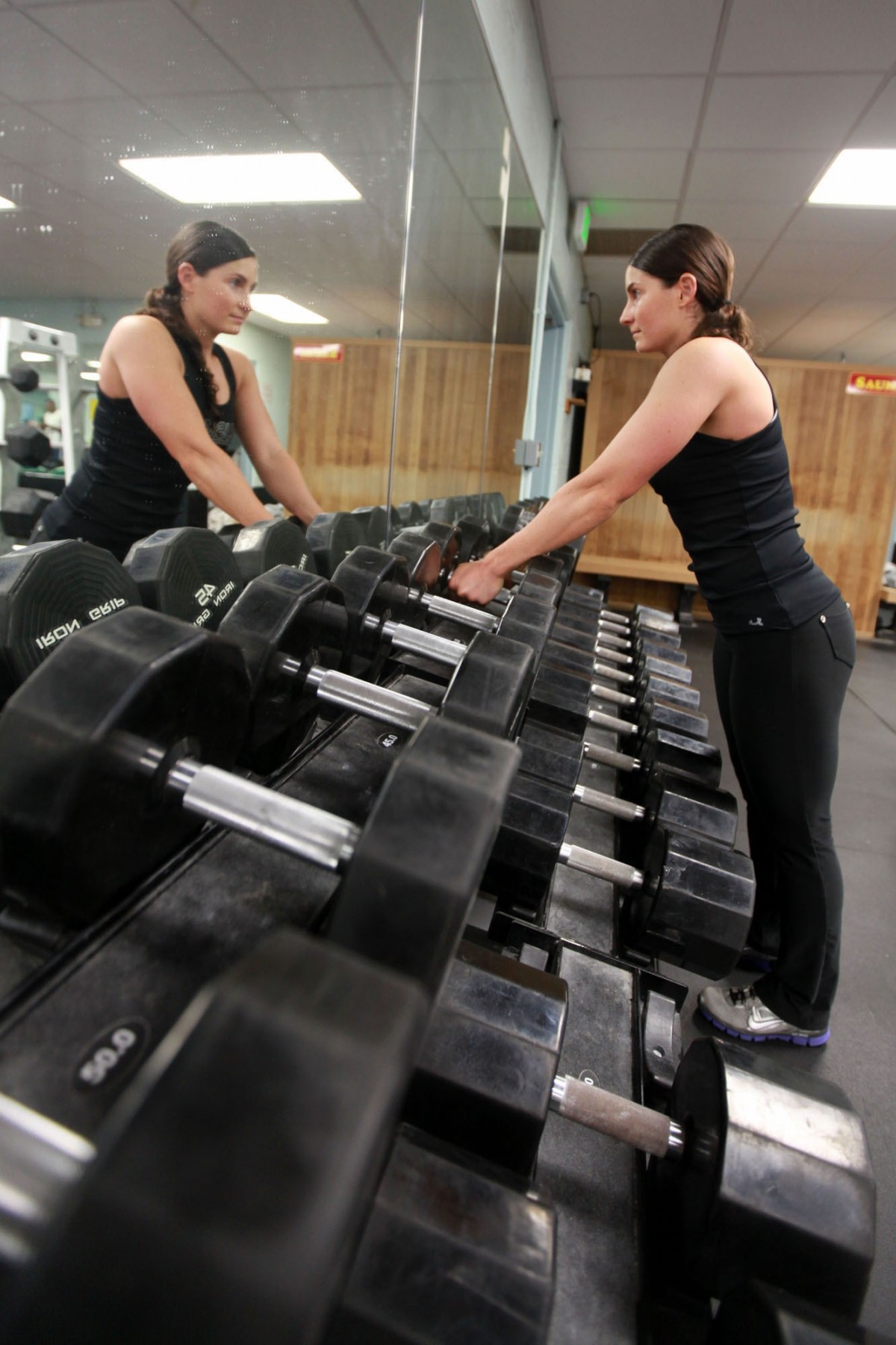Oct 18, 2018Small Loads, Big Results
Athletes in the weightroom often want to move the highest loads possible, as they believe this is the best way to make strength gains. While high-load resistance training can definitely help improve strength and power, low-load resistance training also has value. Recent studies have shown that low-load resistance training can be just as effective at increasing muscular growth, without putting a high level of strain on the body.
According to Andy Peloquin of BreakingMuscle.com, training with lower loads might be a better alternative for many athletes. Lifting heavy weight can certainly help athletes build muscle and increase power, but it also puts a lot of strain on their body and can therefore present significant risks if not done and managed correctly. Therefore, it might be worth adjusting your training regimen to incorporate lower loads with higher reps.
A paper published in Frontiers of Medicine took a close look at the two resistance training methodologies to determine which would lead to better overall results. High-load resistance training has been shown to can increase adaptations in the myofibrils, while low-load endurance training concentrates on the mitochondria. The study was meant to “identify effective, yet feasible, exercise strategies that may positively affect both mitochondrial and myofibrillar protein turnover.”
What they found might be surprising to some. The study indicated that low-load resistance training can be as effective for increasing myofibrillar accretion and muscular growth. High-load resistance training was shown to also increase mitochondrial biogenesis, but to a lesser degree than low-load endurance training. This suggests that training with lower loads can be just as effective when it comes to increasing muscular strength and power.
“Low-load, endurance training is less mechanically strenuous, reduces the amount of time required to reach volitional fatigue, reduces the required work volume, and stimulates muscle growth on par with high-load training,” writes Peloquin. “Simply put: endurance training delivers the same, or better, results as high-load training, but with far less strain on your body.”
There still might be a time and place for lifting heavy loads in the weightroom, but it’s important to know that lifting lighter loads is not a waste of time. By simply lightening the load and raising the reps, athletes can make just as many gains without putting a high amount of stress on their bodies. Athletes should still feel the burn or discomfort around 15-20 reps, and then they’ll know they’re still getting a good workout.
Lifting lighter loads is also a safer alternative for those who are relatively new to the weightroom, as it will allow them to work on perfecting their form and technique before moving onto heavier weight. If athletes try to lift heavy loads without the proper mechanics, they’re much more likely to get injured. As much as athletes want to be the heaviest lifters in the weightroom, there should never be a rush to lift heavy loads. Make sure that athletes recognize the value of the lifting lighter loads and understand the importance of perfecting their form before significantly increasing the weight.




